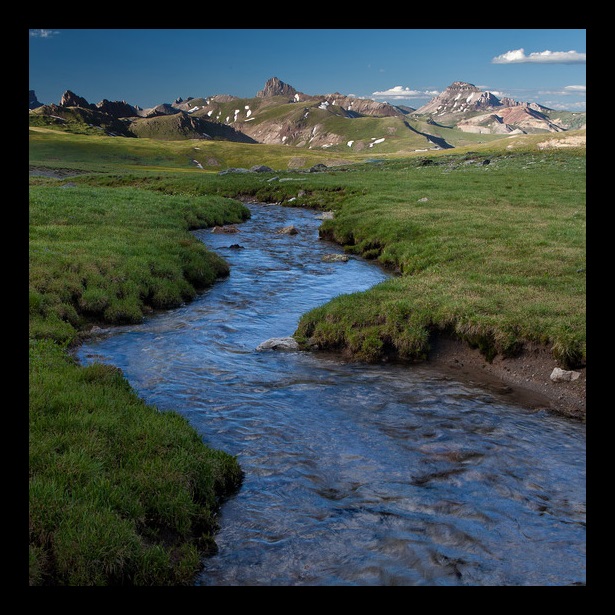These Washington Rivers, Vital to Communities and Wildlife, Merit Protection Now
Groups urge state to use ‘outstanding waters’ designation to conserve parts of three waterways

Editor’s note: This analysis was updated on Dec. 13, 2021, to clarify the source of drinking water for the towns of Longview, Kelso, and Castle Rock in Washington state.
Throughout Washington state, rivers sustain communities by providing clean drinking water, culturally significant areas, and places to fish, hunt, and enjoy other outdoor recreation. Yet, of the state’s 70,439 miles of rivers, only 197 miles are federally protected as wild and scenic, and no rivers have been designated by the state as Outstanding Resource Waters (ORW), which would provide critical protection.
Waters in Washington state are eligible for ORW status if they meet one or more of the following six criteria:
- They are in relatively pristine condition or have exceptional water quality, and flow through federal or state parks, monuments, preserves, wildlife refuges, wilderness areas, marine sanctuaries, or estuarine research reserves, or are already designated as wild and scenic rivers.
- They are largely free from human degradation.
- They have unique aquatic habitat types, such as peat bogs.
- They have both high water quality and regionally unique recreational value.
- They are of exceptional statewide ecological significance.
- They have cold water thermal refuges critical to the long-term protection of aquatic species.
Recently, a coalition of stakeholders, which includes The Pew Charitable Trusts, submitted a nomination to the Washington Department of Ecology to designate three rivers and their tributaries as ORWs. The nomination includes portions of the Cascade, Green, and Napeequa rivers, their tributaries, and associated wetlands.
Here’s why these waters deserve ORW status:
Cascade River
The portions of the Cascade River and its tributaries that are eligible for protection are in one of the most scenic parts of the state: the heart of the North Cascade mountains. These waterways flow through the Mt. Baker-Snoqualmie National Forest, North Cascades National Park, and Glacier Peak Wilderness. The Cascade River offers some of the best whitewater kayaking in the state, with numerous Class IV and V rapids.
Green River
The Green River system nomination includes segments that originate in Mount St. Helens National Volcanic Monument. The rivers flow through land that originally belonged to the Confederated Tribes and Bands of the Yakama Nation and the Cowlitz Indian Tribe. The Green River flows into the North Fork Toutle River, a tributary to the Cowlitz River, which is the source of drinking water for thousands of residents of the towns of Kelso and Castle Rock, and its banks are popular among photographers, equestrians, hikers, sportsmen and -women, and campers
Napeequa River
The Napeequa River and its tributaries proposed for ORW designation originate on the east side of the Cascades in the Glacier Peak Wilderness. The unique scenery of alpine glaciers and mountain peaks surrounding the river attracts hikers and mountain climbers, and the river supports myriad species of wildlife, including salmon. The glacial river will become a critical refuge for salmon and other species over time, as climate change drives up water temperatures throughout the watershed, threatening fish that rely on cold water. The river is also important to maintaining cool water temperatures in the White River and Lake Wenatchee.
These three river systems meet many of the regulatory criteria that the Washington Department of Ecology established for ORW designation, and Pew recommends the agency designate them as such. Doing so will safeguard clean drinking water sources, conserve wildlife habitat, and boost rural economies that depend on healthy rivers.
Ecology is expected to initiate a formal rule-making to designate these river systems in 2022.
Nicole Cordan is a project director and Brett Swift is a senior manager with Pew’s U.S. public lands and rivers conservation project.

















